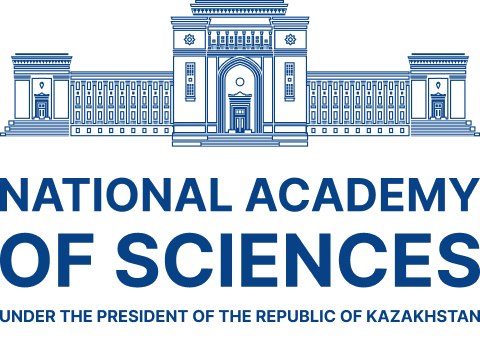Scientists from Kazakhstan and Tajikistan, during a round table organized by the National Academy of Sciences of the Republic of Kazakhstan under the President of the Republic of Kazakhstan together with the National Academy of Sciences of Tajikistan, discussed promising areas of cooperation.
The round table took place within the framework of the Days of Culture of the Republic of Tajikistan in the Republic of Kazakhstan and became the first joint event of the Academies of Sciences of the two countries after they signed a Memorandum of Cooperation on May 4, 2023.
“Today, the formula for success of technologically developed countries is the effective integration of science and education into production. The rich experience of cooperation between Kazakhstan and Tajikistan can be continued taking into account this formula and to effectively respond to such challenges of the time as food shortages in the world, the negative impact of climate change, problems with the use of water resources and others,” noted the Vice-President of the National Academy of Sciences of the Republic of Kazakhstan at President of the Republic of Kazakhstan Akhilbek Kurishbaev.
Akhilbek Kurishbaev said that the complex of food problems of Kazakhstan and Tajikistan, which are agricultural countries and are potentially capable of providing food for themselves and some other states, can be solved by creating a regional consortium. Also, a regional consortium in the interests of all countries in the Central Asian region can be created for the efficient use of water resources. Moreover, this model is already used by countries in other regions and has proven its success.
Among the promising areas of cooperation between scientists of the two countries, Akhylbek Kurishbaev also highlighted cooperation to solve food issues, taking into account the natural and climatic potential of the countries; development of breeding work and development of new varieties of agricultural crops; solving environmental problems, including through the creation of a mathematical model for predicting climate change; joint training of world-class qualified personnel, which may include the opening of branches of Kazakh universities in Tajikistan and Tajik universities in Kazakhstan and others.
Vice-President of NAST, Chairman of the Department of Physical and Mathematical Sciences, Chemistry, Geology and Technology Gulchekhra Kokhirova emphasized: “Bilateral relations between the Republic of Tajikistan and the Republic of Kazakhstan are developing dynamically, there are more than 100 interstate and intergovernmental agreements in various fields between our countries. But for us, as for the Academy of Sciences, the most important thing is the Cooperation Agreement with the National Academy of Sciences of the Republic of Kazakhstan under the President of the Republic of Kazakhstan, signed on May 4, 2023 during the official visit of the President of Tajikistan Emomali Rahmon to Kazakhstan. The contribution of science to the sustainable progressive development of the state is of great importance. And one of the key areas for increasing the competitiveness of our fraternal countries is precisely the development of science, technology and innovation.”
As promising areas for cooperation, Gulchehra Kokhirova noted mathematics, astrophysics, nuclear physics, joint solution of medical and biological problems, environmental problems, including the preservation of glaciers and the protection of aquatic and biodiversity, the creation of new medicines, the theory and practice of seismic resistance of buildings and structures and the assessment of seismic risks and others.
Director of the Institute of Geology, Earthquake Resistant Construction and Seismology of NAST Aminzoda Pulod noted that if previously the center of seismic science in the region was in Dushanbe and Tajik scientists proudly declared this, now the center of research on this topic is, of course, Kazakhstan. The issues of earthquake-resistant construction and seismic forecasting do not lose relevance in the region, and after the recent catastrophic earthquakes in Turkey, it has become even more acute.
“An analysis of the consequences of the catastrophic earthquakes that occurred in Turkey in February 2023 showed that one of the reasons for the destruction of hundreds of buildings and the death of tens of thousands of people in Turkey and Syria is the shortcomings in the use of seismic hazard probability assessment results in earthquake-resistant construction standards. An earthquake knows no boundaries, and the task of Central Asian scientists is to ensure the seismic safety of the population and the seismic stability of buildings,” said Aminzoda Pulod.
The round table also discussed such promising areas for cooperation between the Academies and scientists of the two countries, such as diversification of transport and logistics corridors, rehabilitation of uranium industry waste, biological safety, deep water purification, including from microplastics, development of irrigated agriculture and many others.
Vice-President of the NAS RK under the President of the Republic of Kazakhstan Lyazzat Eralieva, summing up the event, also announced a large-scale event that will be held at the NAS RK under the President of the Republic of Kazakhstan next year — the International Conference dedicated to the 125th anniversary of the founder and first president of the Academy of Sciences of Kazakhstan Kanysh Satpayev , and invited colleagues from
25.05.2023


